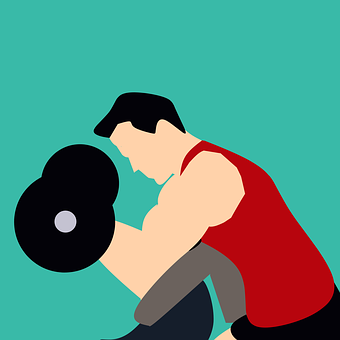|
Every year around this time I hear from people about their latest new year’s resolution. Lately more and more, though, I am hearing from friends, family, and clients, that they have stopped making new year’s resolutions. They feel that they never stick to their resolutions for longer than a few weeks anyhow, so they say “What’s the point?” For the same reasons, I see people shunning the idea of setting personal goals, because they worry about failing to reach the goal they set. Does this mean that goals and resolutions are bad ways to pursue personal growth? Not necessarily, but recent research shows there may be a better way.
2 Comments
According to the Interstitial Cystitis Association (ICA), as many as 3 to 8 million women and 1 to 4 million men in the US experience symptoms of the condition known as Interstitial cystitis, painful bladder syndrome, or hypersensitive bladder syndrome.
Symptoms can include bladder pain, a sense of urinary urgency, or frequent sensation of needing to urinate even when the bladder is not full. These sensations can occur with bladder filling, with voiding, with sitting, exercise, or sexual activity. They are sometimes reduced or alleviated by urinating, but often only for a short time. Sometimes pain is absent, and urinary urgency/frequency is the only symptom. By now there is a fairly well-established understanding in at least parts of the medical community, as to how many aspects of health and well-being are influenced in women by pelvic health, and in particular by good function of the pelvic floor muscles. Urinary incontinence, urinary urgency and frequency, bladder pain, sexual pain and other sexual dysfunctions, pelvic organ prolapse, constipation, pudendal nerve pain, as well as hip, sacroiliac, and lumbar joint problems, are all associated with pelvic floor dysfunction.
Physical therapists in all realms of treating the musculoskeletal system use a process of differential diagnosis to determine what is causing the client’s symptoms. This means simply that the problem must be correctly diagnosed, to the exclusion of other possible diagnoses, in order to be treated effectively. This diagnostic process allows the clinician to define the problem that is being treated, and to determine the needs of the client based on his or her individual presentation. Rehabilitation professionals must also consider symptoms and clinical examination findings that point to a need for other health care providers’ involvement. In pelvic rehabilitation, this can become a challenging process. Possible musculoskeletal causes of pelvic pain include abdominal wall or pelvic floor muscle trigger points, hip joint pain, coccyx pain, and irritation of the pudendal nerve. In addition, examples of other medical conditions that can cause pelvic pain are bladder, bowel, or gynecologic malignancies, endometriosis, pelvic congestion, interstitial cystitis, urethral syndrome, constipation, inflammatory or irritable bowel syndrome. (See this article in Canadian Family Physician for more.) It is common to find multiple sources of pain in our population of clients with chronic pelvic pain.
Within a multidisciplinary approach, which is most often the recommended approach to treating chronic pelvic pain, physical therapy will ideally work with other practitioners to develop the best course of care for the patient. |
Helping health-oriented people overcome pelvic health problems, and live the life you love!Deborah S. CohenSpecialist Pelvic Health Physical TherapistCategories
All
|





